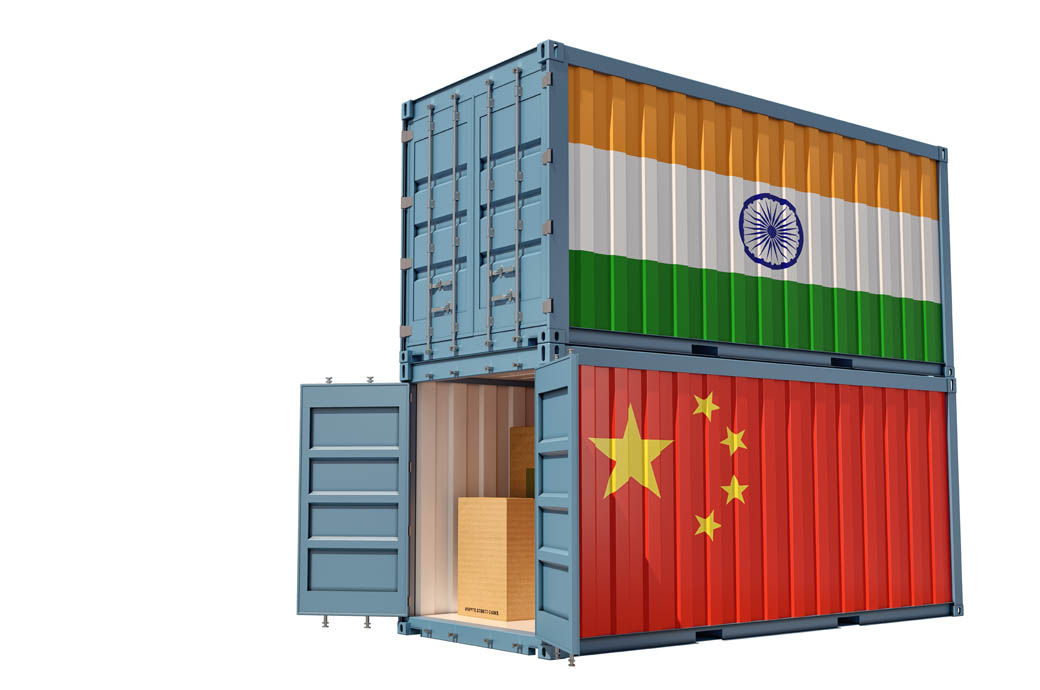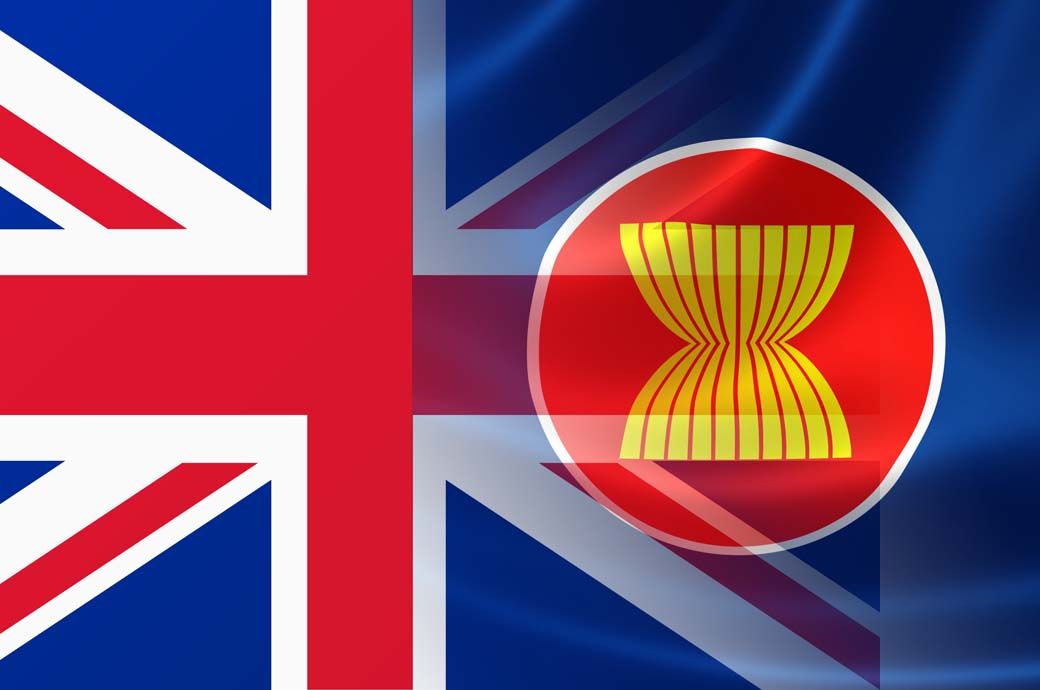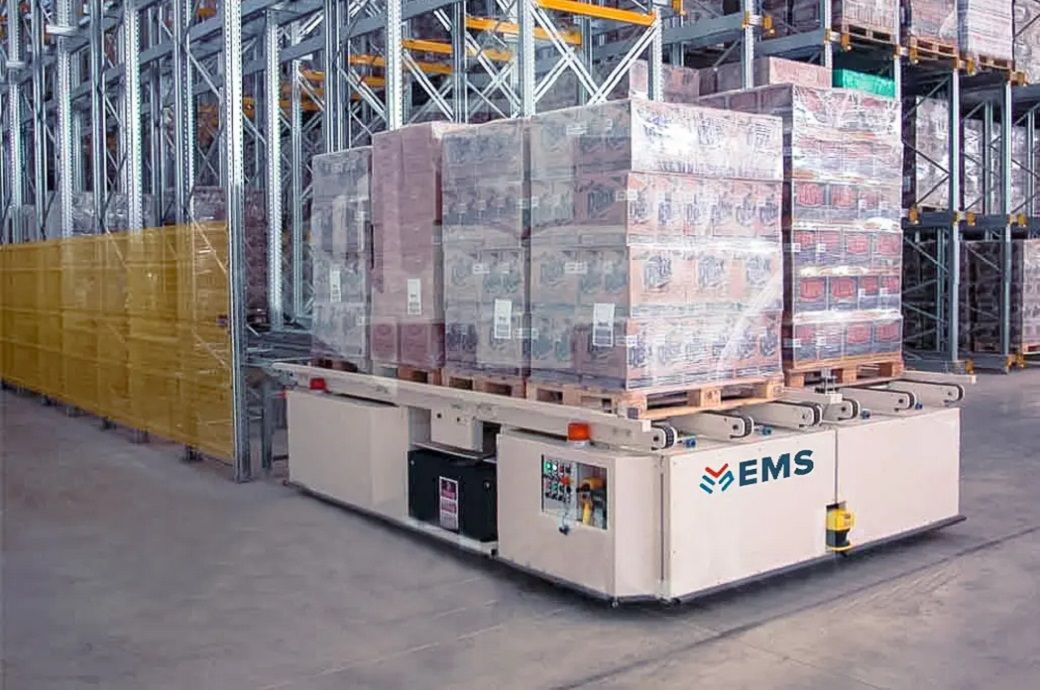Trade fair Texworld Evolution Paris will open its doors from February 6-8, 2023, at the Paris-Le Bourget Exhibition Centre in France. For three days, Apparel Sourcing Paris and Texworld Paris will highlight global offerings for fashion brands, from ready-to-wear to luxury. For this edition, accompanying the recovery of international business, event organiser Messe Frankfurt France anticipates a participation close to pre-crisis levels for most of the major sourcing countries.
For Texworld Paris, which brings together textile offerings, as well as for Apparel Sourcing Paris, focused on finished products, the commitments in terms of sqm are, at this stage, higher than the levels reached last July, according to a press release by Messe Frankfurt group. The signs of recovery from the major Asian countries are therefore very positive. As far as China is concerned, the gradual lifting of health constraints on travel is encouraging the already strong demand from exhibitors and manufacturers from this key international sourcing area. Despite the uncertainties of the health situation, the desire to come is there, and the presence of more than a hundred Chinese companies is already confirmed.
At Texworld Paris, Turkish manufacturers will once again be strongly represented this year. Loyal partners of the Messe Frankfurt France trade fairs, they will be more than 100 presents, divided between the Turkish national pavilion, which is very developed this year, the Elite area, where they have always been very visible, and in the area dedicated to denim offerings. The Korean pavilion, supported by the Korea Federation of Textile Industries (KOFOTI), is also expanding. India, absent last February due to the pandemic, will be making a comeback, as will Indonesia and Taiwan, with leading companies that have, for the most part, been absent from Europe since 2021.
Similar trends will be seen at Apparel Sourcing Paris, where many Chinese and Hong Kong companies have already confirmed their attendance. Pakistan has confirmed its return, as has Bangladesh, whose representatives seemed very satisfied with the activity generated last February. India is also back in force with a selection of very good companies. Sri Lanka and Mongolia renewed their presence with their exceptional know-how. For all these major sourcing countries, the trade fair should return to its pre-crisis level.
Several new features will mark this edition. First of all, a red thread will be used to guide visitors along a route that links all the main attractions of the trade fair: the Elite area, the Denim zone — with its Turkish, Bangladeshi, Chinese and Indian exhibitors –, the major national pavilions, the Trend Forum and the Agora, where all the events and content created by the Texworld Evolution Paris team will be gathered. Also new, the sustainable sourcing itinerary has been revised. A single logo will now make it easier for buyers to identify companies that are taking steps towards social and environmental responsibility, added the release.
Another notable change in the strategy of Texworld Evolution Paris is that Avantex Paris and Leatherworld Paris will become annual in 2023 and will therefore only return in July 2023. An annual cycle specifically allows a better reflection of the innovations in services and materials presented at Avantex Paris, whose pace is slower than that of the fashion industry. The same goes for Leatherworld Paris, where the seasonal nature of the offer — now focused exclusively on natural leather — is not the same as that of the fabric collections. Innovation will of course remain a key feature of the Agora, since the conferences and round tables proposed during this February edition will deal with subjects and themes linked to the evolution of the textile value chain.
Fibre2Fashion News Desk (NB)
The Texworld Evolution Paris trade fair will be held in France from February 6-8, 2023. Apparel Sourcing Paris and Texworld Paris will be highlighting global offerings for fashion brands from ready-to-wear to luxury for three days. This edition of the Messe Frankfurt France event is expected to have a similar number of attendees as the event did before the crisis levels began.


 World News2 years ago
World News2 years ago
 World News2 years ago
World News2 years ago
 World News2 years ago
World News2 years ago
 World News2 years ago
World News2 years ago
 World News2 years ago
World News2 years ago













